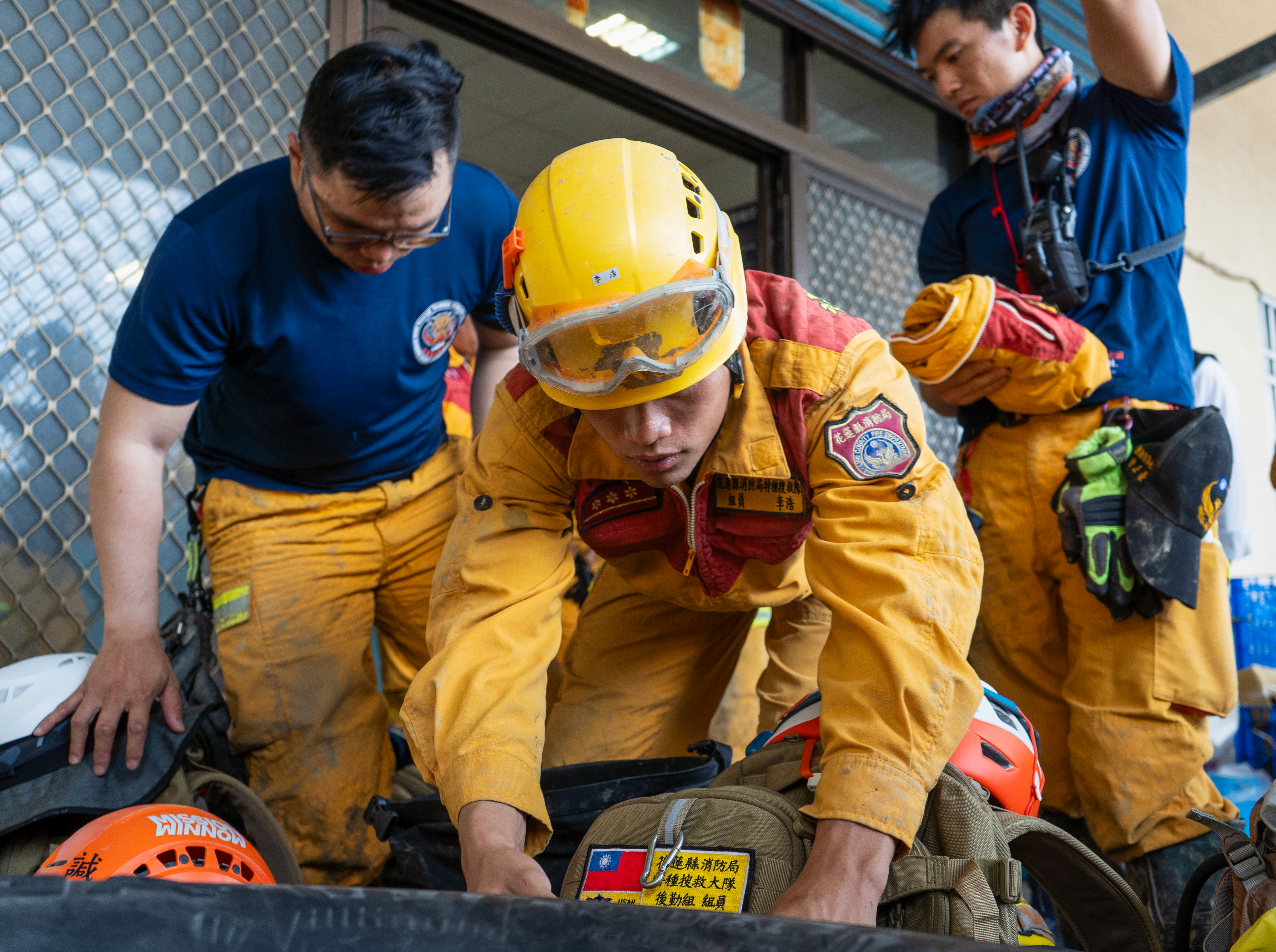
Hualien, Taiwan – When Wen Zong Hao felt the 7.2 magnitude earthquake strike Taiwan’s east coast a week ago, he was immediately worried.
“The shaking was so violent and went on for so long,” he said.
On shift as a deputy captain in the Hualien County fire station, his instincts quickly kicked in.
“I immediately brought my team over to start the rescue effort,” he said. “We had the sense that this earthquake was likely to cause serious damage.”
But a week since the largest earthquake in 25 years, much of the island is unscathed.
Even in the eastern county of Hualien, which lies just kilometres from the epicentre, life has largely returned to normal. Restaurants are open for business, children play on the street and the city’s night market is once again bustling.
Despite the county having a population of more than 300,000, the death toll from the earthquake currently stands at 13, with more than 1,160 injured.
The numbers are a sharp contrast with the last time the island was hit by such a severe tremor.
In 1999, more than 2,400 people were killed and more than 11,000 injured when the island was shaken by an earthquake of a similar magnitude, known as the Chi-Chi quake.
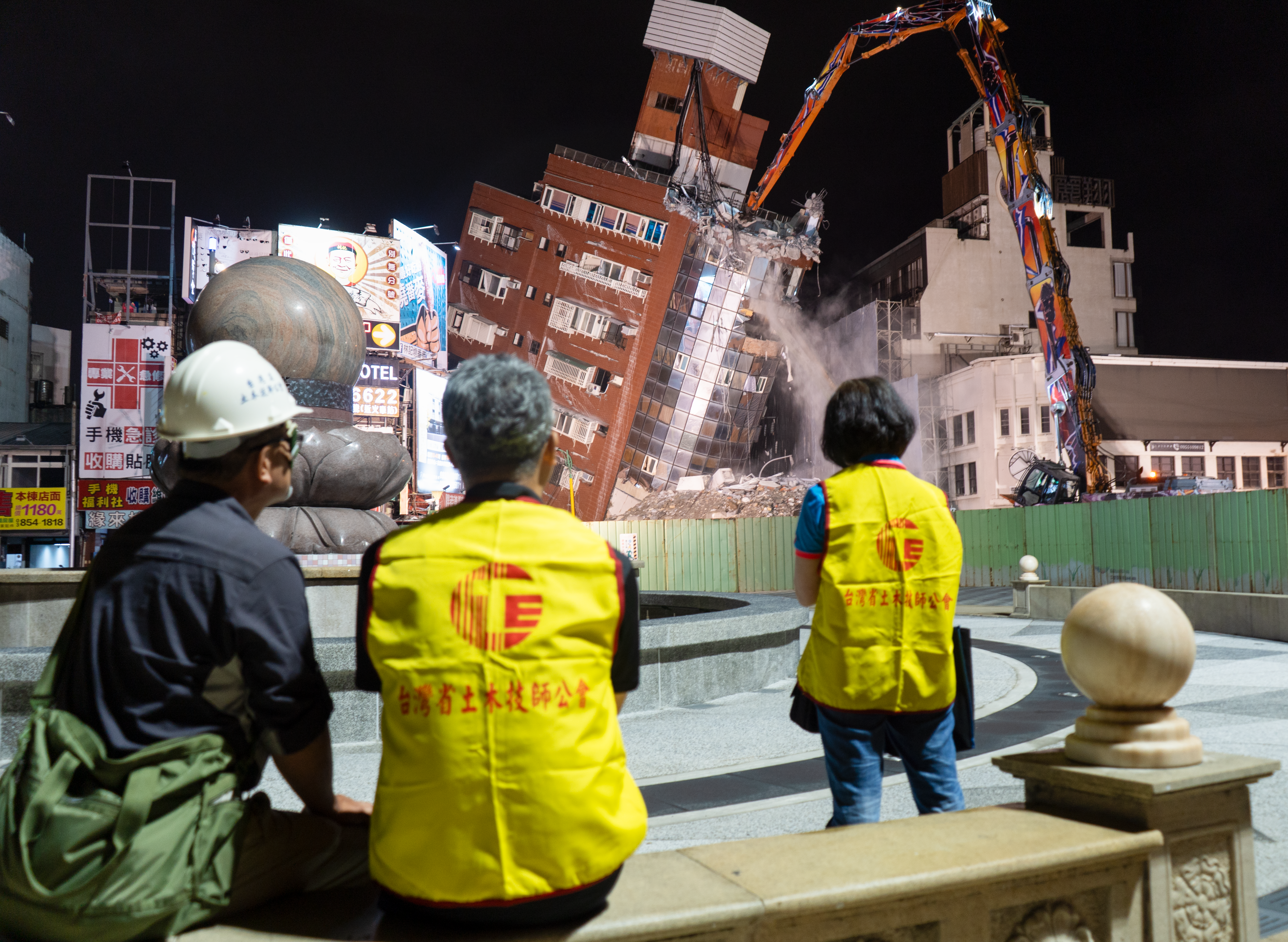
Just 22 years old at the time, Wen worked alongside other firefighters, dragging people from the wreckage of the more than 50,000 collapsed homes across Taiwan.
“They just kept shouting, ‘Help me’, ‘Save me’. You could only do your best to listen to where the sound was coming from and try to pull people out. We didn’t have anything else,” he recalled.
A reckoning
But 25 years on, Taiwan has learned from its past.
The Chi-Chi quake was a reckoning for the island’s earthquake mitigation strategy, explained assistant professor Wang Yu of the National Taiwan University’s (NTU) geology department.
“There were lots of lessons we learned, including the improvement of building codes, understanding earthquake warning signs, the development and implementation of earthquake early warning (EEW) systems and earthquake education,” Wang said.
A series of new sensors and 200 monitoring stations across the island now allow authorities to generate “shakemaps”, providing almost real-time assessments of seismological movements.
These maps are critical in helping rescue teams focus their efforts on the hardest hit areas, explained Wu Yih-Min, a professor in the geosciences department at the NTU.
The precise measurements generated are also used to quickly determine an earthquake’s epicentre, allowing the EEW system to trigger a mobile phone alert for people in high-risk areas.
Just seconds after the earthquake was detected on Wednesday morning, Taiwan’s Central Weather Administration (CWA) issued a warning to people in affected counties, giving them precious seconds to find cover.
It has since announced that it will reassess the alert algorithms after complaints that some people in less affected counties such as Taipei did not receive the alert when they should have.
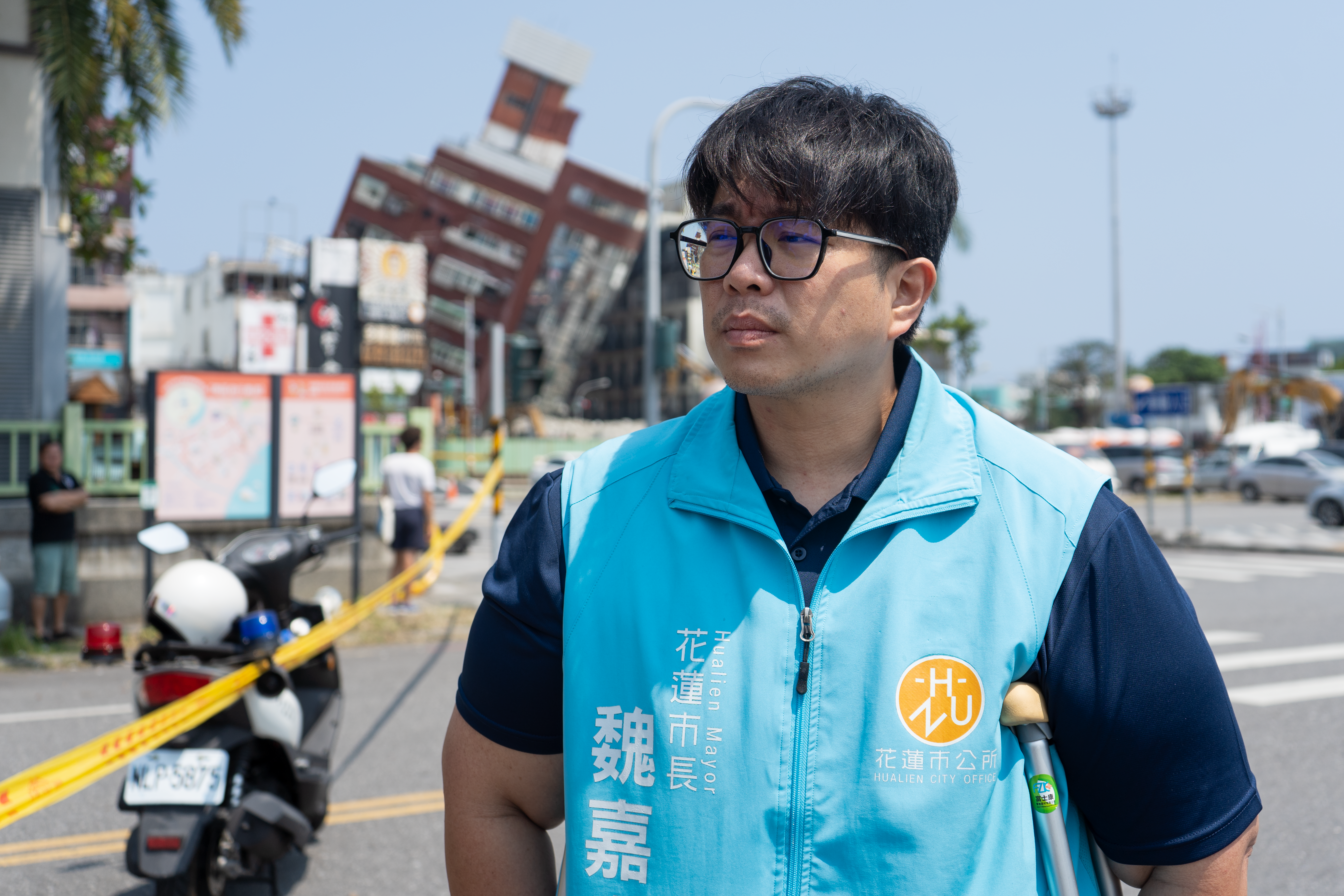
In addition to the alerts, extensive public education campaigns and annual earthquake drills, organised on the anniversary of the Chi-Chi quake, have also prepared Taiwan’s population for the worst.
“Ever since we were young, our teachers and parents have taught us that Hualien is a place where earthquakes happen often,” said Hualien City Mayor Wei Jia Yan.
This meant that when the earthquake struck, most people knew exactly what to do. “You have to protect yourself, keep your head safe and when the earthquake has stopped, potentially run out quickly,” the mayor added.
Although the collapse of a building in central Hualien killed one person, changes to Taiwan’s building codes also played a critical role in limiting the damage to homes around the epicentre and collapses remained low.
Between 2009 and 2022, the number of buildings in Taiwan featuring seismic damping elements, used to limit floor vibrations during earthquakes, increased.
Taiwan’s iconic Taipei 101, one of the world’s tallest, contains a large “damping ball’, designed to prevent the building from swaying during earthquakes.
Following the Chi-Chi quake, the Taiwanese government also identified areas at greater risk of earthquake damage due to their proximity to active fault lines, demanding that new buildings be designed to meet higher seismic safety regulations in these regions.
“Buildings built after the Chi-Chi earthquake are much stronger than before,” said Wu.
Good fortune
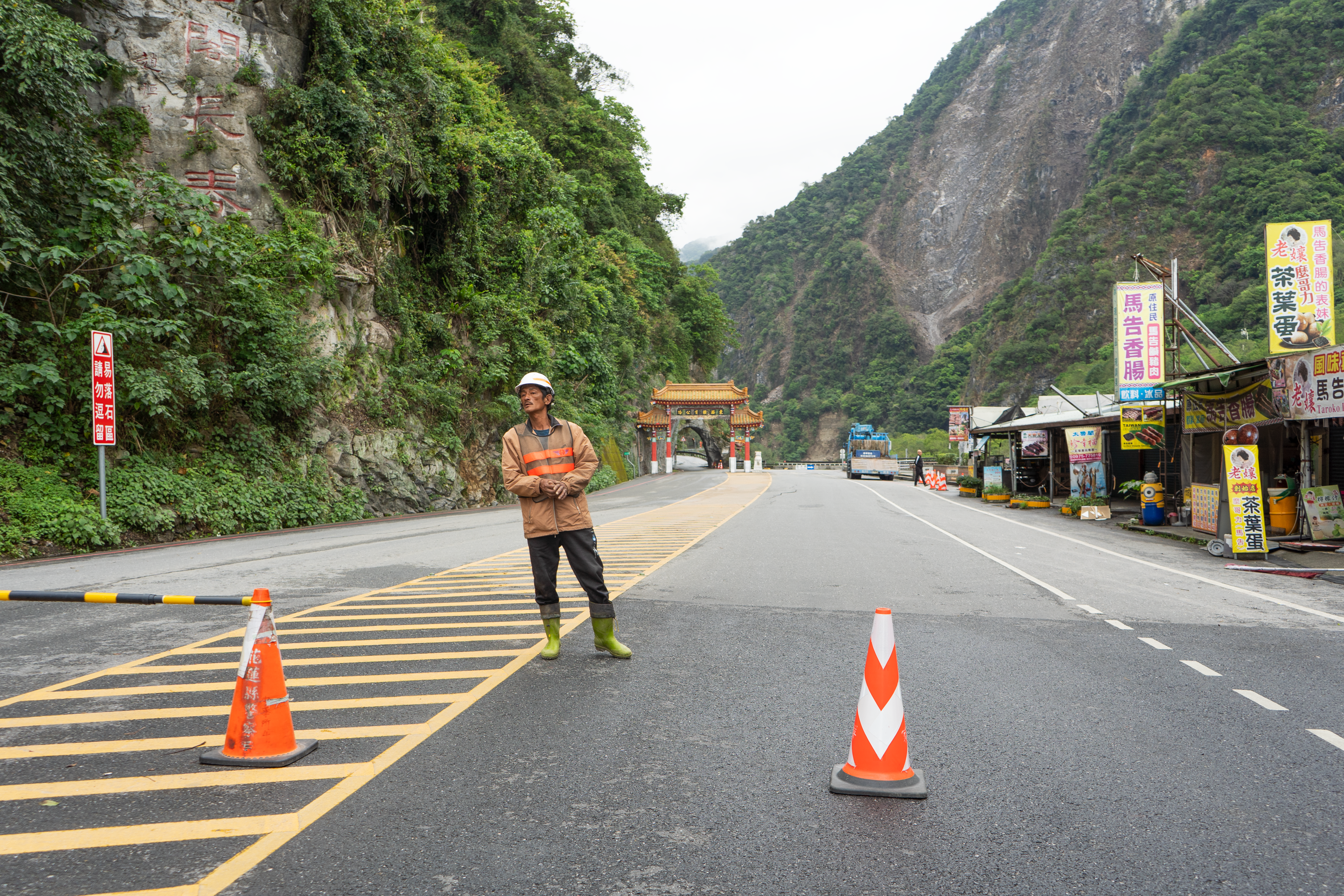
For firefighter Wen, rescue operations are also a world apart from where they were during the Chi-Chi earthquake.
“We didn’t have a special search and rescue team,” explained Wen, recalling the rescue efforts during the 1999 quake. “We had to rely exclusively on the physical manpower of the firefighters at the scene.”
Now Wen leads a specialist team that deploys technology including thermal imaging, life detectors with seismic sensors, life supports and large-scale destructive equipment.
Just like in Hualien, counties and cities across Taiwan also have dedicated search and rescue teams whose members have studied advanced earthquake rescue skills, he explained.
“As soon as we arrived on site, we knew immediately how to deploy resources and carry out the rescues.”
But while Taiwan’s resilience in the face of the quake lies in its preparedness, good fortune has also played a part.
The quake’s epicentre was in the east of the island, which is more sparsely populated and where the buildings are typically lower and less prone to collapse.
Smaller earthquakes in previous years had already condemned vulnerable buildings that might otherwise have caved in entirely during last week’s quake, Wang explained.
Moreover, the quake happened right before a major Taiwanese holiday. “If it happened one day later, people would have been heading back to their families, or to the national parks,” Wang said. “There would have been a lot more casualties.”
While a mixture of good preparation and good fortune has kept the death toll relatively low, one issue remains.
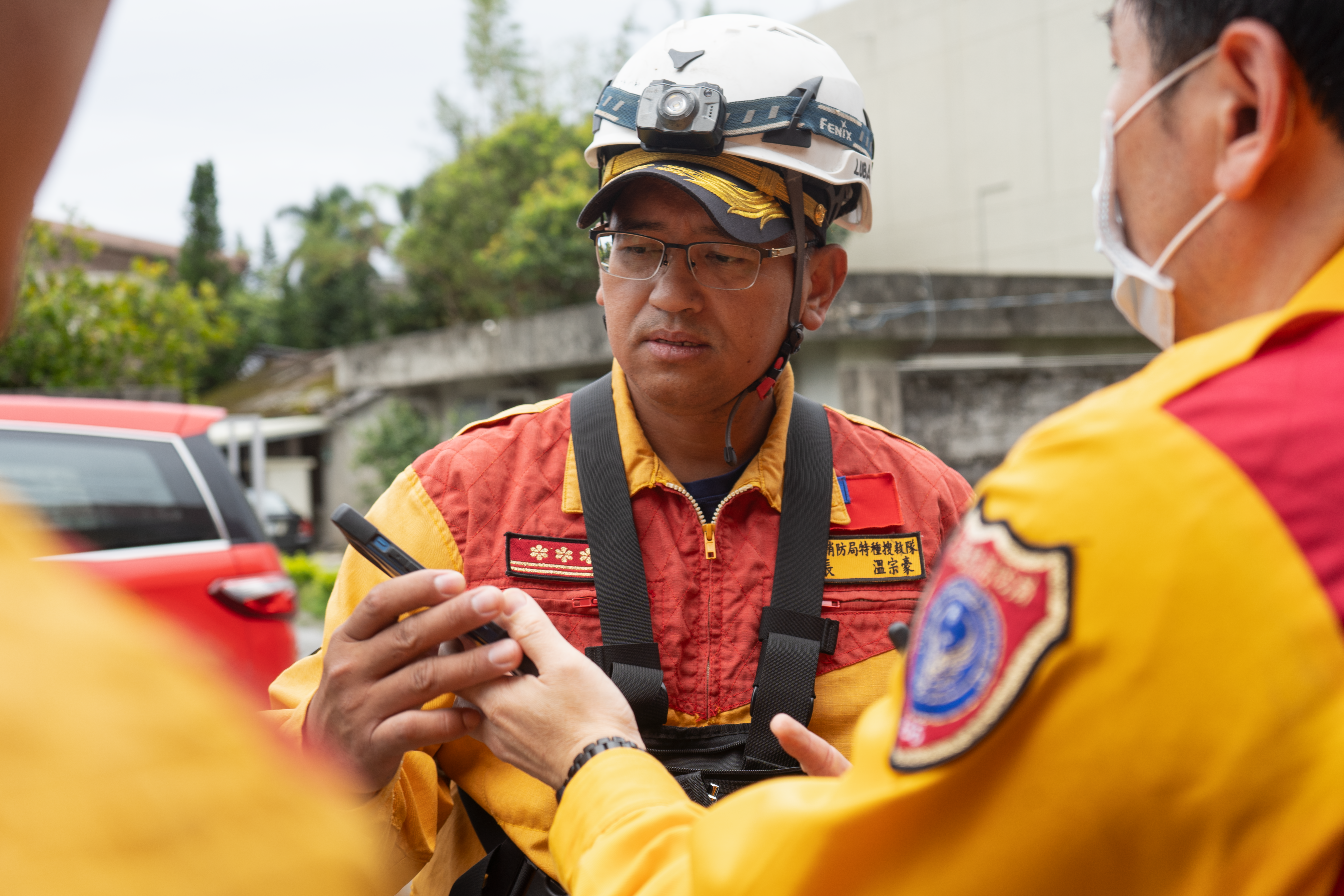
The epicentre of the quake, close to Taiwan’s rugged east coast, led to significant landslides that have hampered rescue operations for tourists still trapped in Hualien’s mountainous Taroko Gorge National Park.
“It’s like the entire mountains of Taroko collapsed, trapping so many people inside the mountain. This is very different and much more challenging than an ordinary urban search and rescue mission,” said firefighter Wen.
“After the main earthquake, we have been dealing with near constant aftershocks – when we enter the gorge we are all still quite scared.”
Despite this, rescue efforts continue.
“In your heart, you just hope that you can find the people as soon as possible, that the dead can rest in peace, the injured can recover quickly and that those that live on can grow stronger,” Wen said.







